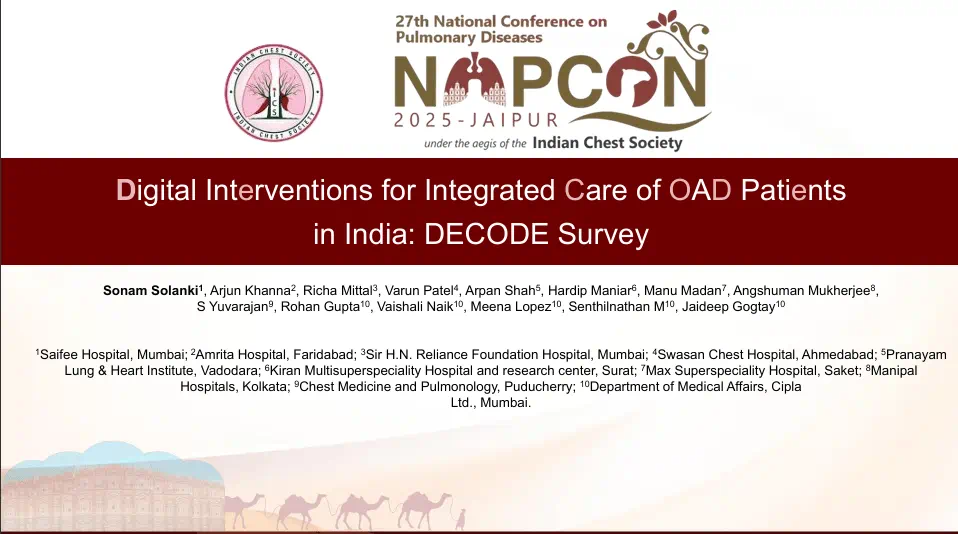ATS 2023: A Novel Electronic Health Records Algorithm to Identify COPD Exacerbations in Real Time
Rationale: Timely implementation of interventions for quality improvement relies mostly on the real-time identification of patients admitted to the hospital for acute exacerbations of COPD (AECOPD). Conventional data elements from the electronic health record (EHR), such as admission diagnosis or chief complaint, may not be reliable for effectively identifying hospitalized AECOPD patients due to coding inaccuracies or delays. In this quality improvement project aimed at a COPD educator intervention, an algorithm to identify patients suffering from AECOPD right upon admission was created with the help of data elements from the electronic health record (EHR). In this report, the development process and performance characteristics of the algorithm in question are presented.
Methods: The University of North Carolina (UNC) Data Warehouse (CDW) is a regularly updated electronic repository that stores EHR data from the UNC Health System. It provides access to various data elements, such as patient demographics, admission orders, and free text, which can be queried for analysis and research purposes. Aimed at identifying hospitalized AECOPD patients at UNC Medical Center, an algorithm was created that screened patients based on the specific following criteria: age over 40 years; admission order for nebulized albuterol; and admission order for oral or intravenous steroids. A revised version of the algorithm also included a search for the phrase "COPD exacerbation" in admission notes. A manual review of all admissions alongside the algorithm deployment was also conducted to identify COPD exacerbations and evaluate the algorithm's performance. This project received approval from the UNC Institutional Review Board (IRB).
Results: The algorithm was implemented during two distinct periods: June 16–20, 2021, and June 27–July 1, 2021. Out of a total of 515 admissions, 9 hospitalizations for AECOPD were identified through manual chart review. The EHR algorithm, which considered factors including age, nebulized albuterol, and IV or PO steroids, successfully detected all nine AECOPD hospitalizations (true positives). However, the algorithm also flagged 21 non-AECOPD admissions (false positives). As a result, the algorithm exhibited a sensitivity of 100% and a specificity of 96%. Furthermore, the inclusion of a free text search for "COPD exacerbation" did not enhance the sensitivity or specificity of the algorithm.
Conclusions: Implementing an EHR-based algorithm with COPD-specific orders is quite viable and demonstrates high sensitivity as well as satisfactory specificity in identifying hospitalized AECOPD cases forthwith. The project found that incorporating a text search for "COPD exacerbation" in admission notes did not provide additional benefits to the algorithm and could potentially reduce accuracy. These findings highlight the utility of disease-specific orders in the EHR for real-time identification of specific patient groups, enabling timely interventions during hospitalization.
American Thoracic Society (ATS) 2023 International Conference, 19th May–24th May, 2023, Washington, DC



